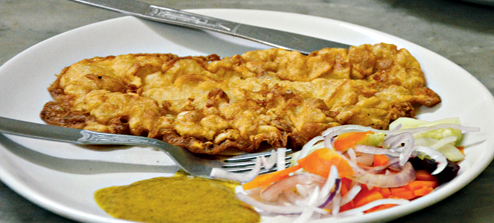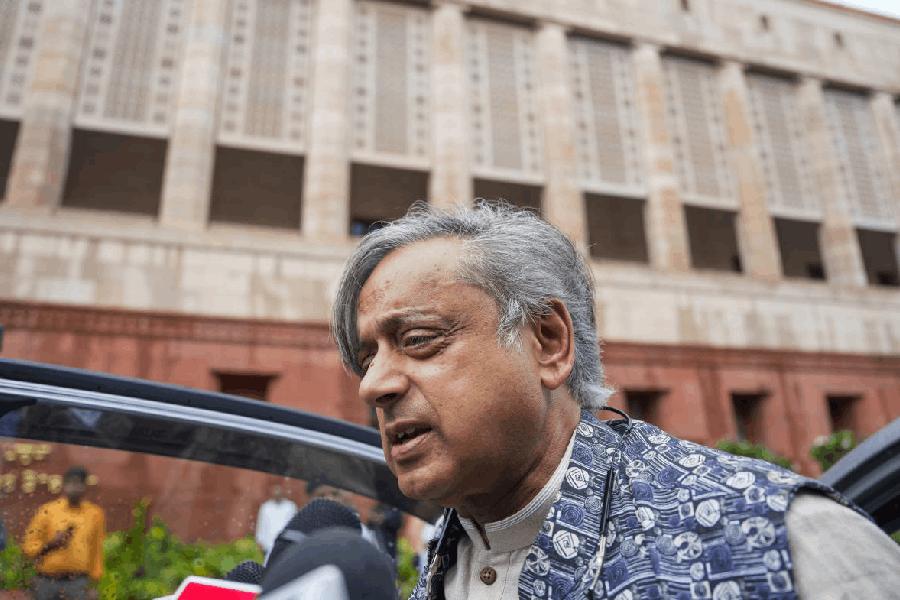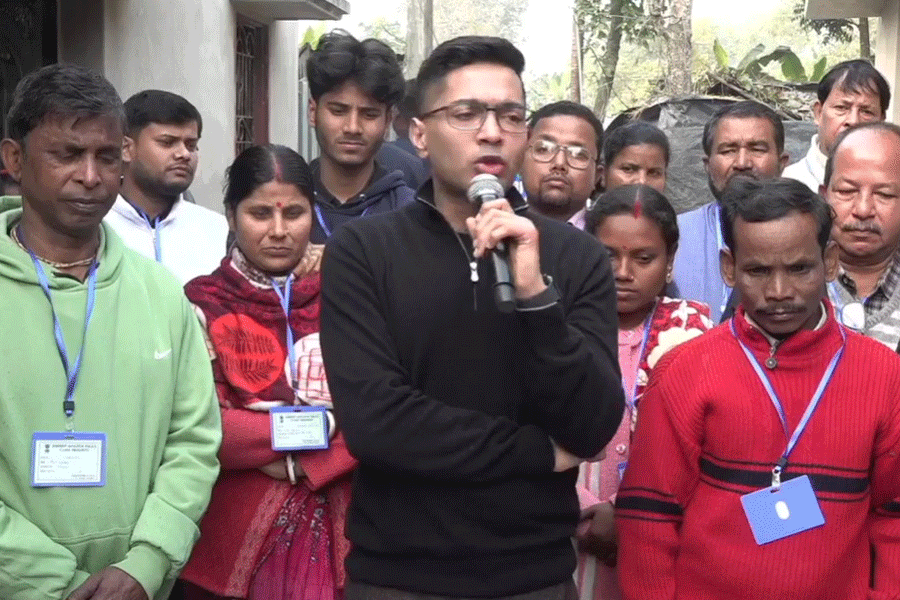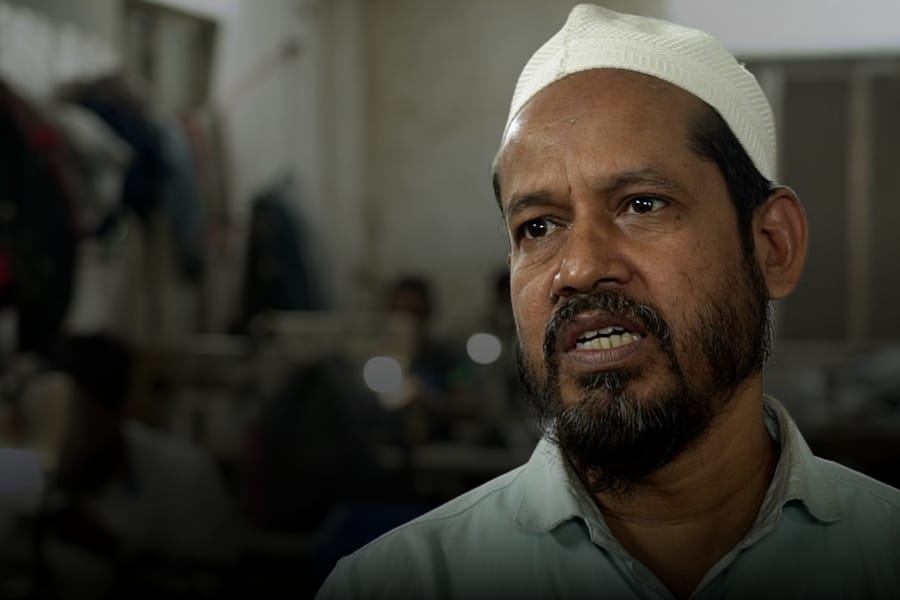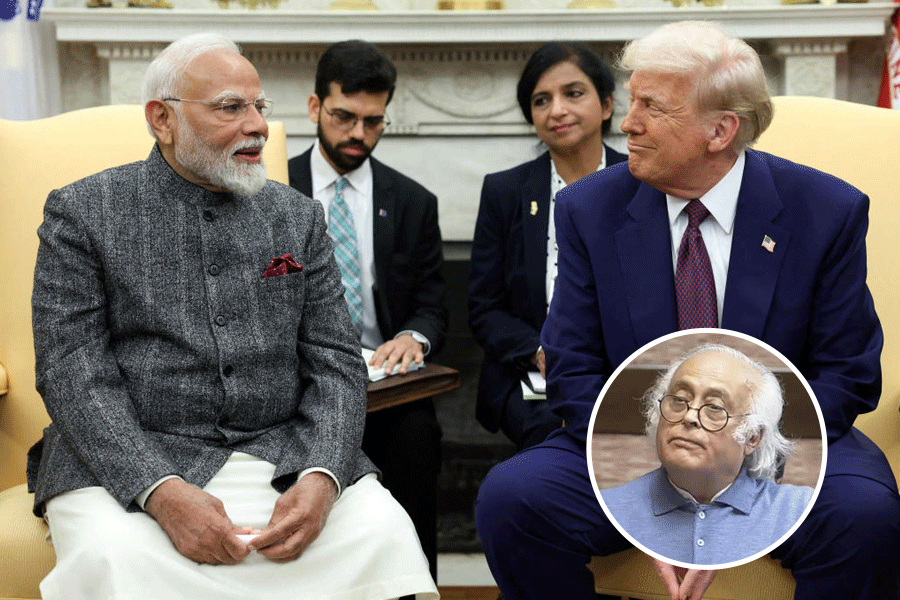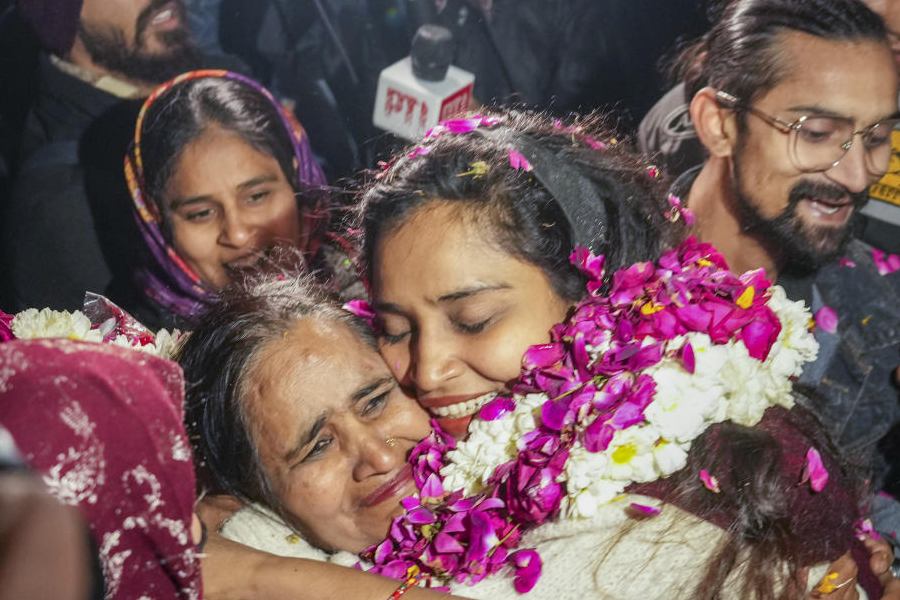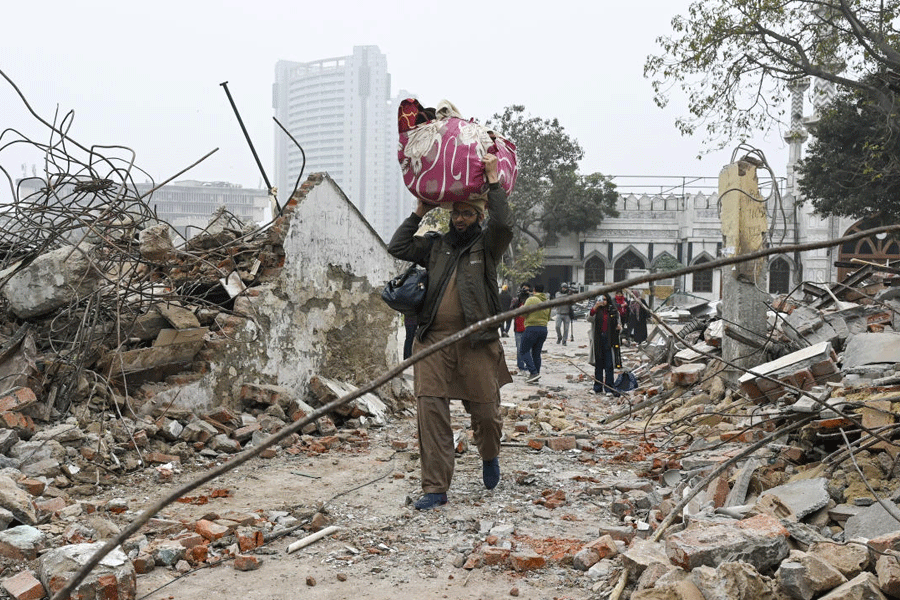Let there be a minute's silence for Empress Gaja. Once upon a time, it was a much loved sweet. Now the recipe can't be found — at least not by those who have been looking for it. It's gone, along with the British.
But the Raj has left its legacy behind, which is being mined by Calcutta's food lovers. The faculty and students from the KPC School of Nutrition in the city, a few eateries, Kolkata Story Trails, a travel group, and the Kolkata Food Bloggers (KFB), a group of like-minded foodies, have come together to resurrect the old recipes. Calcutta's food is intrinsically linked to its erstwhile rulers, and the time has come to reinforce the link, they say.
'The mission is to unfurl the recipes and the stories behind them at the school's annual festival Nutrifest, whose theme is 'Raj Remnants: Laat Saheber Bangali Khanshama' — or the Sahib's Bengali khansama,' says K.P. Chaudhuri, chairman, KPC Group. The festival kicked off on February 14 with a seminar on the origin of the recipes and an exhibition on the subject. Some of the dishes based on these recipes will be served during the second part of the fest to be held during the Bengali New Year in April.
'For the festival, we revisited the stories of the dishes from the British Raj that have influenced Bengali cuisine,' stresses Krishna Das, director, KPC school of nutrition.
To gather old recipes, a team went into the pages of history. The research team comprising Ranjini Dutta, head of dietetics, KPC, Sarani Tarafdar, guest faculty at the school of nutrition and a KFB member, Payel Bhattacharya, senior dietician, KPC, Sumon Ghatak, faculty member, and a few students visited the families of the Sovabazar Rajbari and the Hatkhola Duttabari, and the descendants of Acharya Brajendranath Sil and the Tagore family to discuss old recipes. They also visited city clubs — once the exclusive preserve of the British — to zero in on recipes that had originated with the rulers.
They point out that in 1871, the Calcutta Corporation demolished Fenwick's market and built Hogg Market in Esplanade for the Europeans. A small replica of London's Mayfair, it was soon the spot for European cuisine — selling everything from turkey and pork chops to pastries and patties. Meanwhile, Nahoum's Confectioners, still the one-stop shop for bakery products, introduced European delicacies to the Bengali babu. Soon, the puff pastry — with vegetarian and non-vegetarian spicy mixes — had become popular as patties.
This was just the beginning. The concept of a high tea took a Bengali form with '4pm er cha ta' — the 4pm tea and snacks. Indians, who were not allowed into the whites-only clubs, saw no reason why they couldn't savour the high tea at home. In the process, in the cheap eateries the braised cutlet became a breast cutlet and batter fry turned into butter fry.
'Some dishes were specifically developed by the erstwhile nobility to entertain the British,' says Tarafdar. For instance, cooks from Chittagong, known for their culinary skills, created pantheras — a fried minced meat roll. The researchers claim that pantheras, along with other dishes such as cream cutlets and tipsy pudding, were first prepared at the Sovabazar Rajbari.
Among the legacies of the Raj is the dak bungalow cuisine. Dak bungalows were rest houses where the British would stop for the day when they were touring. The khansama (cook), who had to quickly conjure up a meal for them, would put into the pot whatever was around. But it led to some lip-smacking dishes such as the Dak Bungalow Chicken, Hawildar's Dal Tadka, Dimer Dalna and Jhaal Frezi.
According to some experts, jhaal frezi — a delicious meat curry — was originally prepared with leftovers by dak bungalow chowkidars for their own consumption. They would put a lot of chillies in the dish — which helped them stave off the cold and hunger pangs. Custel Brun — the local cooks' name for caramel custard — also figures on the list as a Dak Bungalow dessert.
Those with a sweet tooth have to thank the rulers for some of Bengal's popular sweets. The Portuguese introduced chhana to Bengal, and sweet-maker Nabin Chandra Das experimented by mixing the cottage cheese with suji — leading to the sponge rosogolla. Ledikeni — a browned chhana sweet — was so named because it was prepared especially for Lady Canning by Bhim Nag, famous sweet seller. Empress Gaja was prepared at the Sovabazar Rajbari for Queen Victoria. Its recipe, however, is lost in the annals of history.
'Empress Gaja is now only a memory. Old sweetmeat sellers can recall the name but do not know the recipe,' says Ranjini Dutta.
Sweets in Bengal have their own history to relate. In Bengal, cottage cheese — which is now the mainstay of sweets — did not figure in traditional sweets called monda mithai. To begin with, the chhana-based product was considered untouchable. But over time the sweet sellers of Natun Bazaar near Company Bagan started experimenting with chhana, giving birth to sandesh and its many cousins.
Small eateries played a role in the city's cuisine too. The Bengali babu had developed a taste for chops and cutlets, and went to small restaurants such as Allen's Kitchen (started by a certain Scottish gentleman the locals referred to as Allen Saheb). The eatery served — and still has on its menu — various kinds of cutlets, including the famed prawn cutlets. Local legend has it that the gravy cutlet was introduced by Allen's, which still holds its original recipe. Allen's is among the 'stakeholders' involved in the food research and the festival.
-

GASTRONOMIC LEGACY: (From top) Kabiraji cutlet at Allen's; Hawildar's anda paratha, chicken dak bungalow, country captain's chicken and dal tadka; and the ubiquitous chop. Pictures by Sarani Tarafdar and Sumon Ghatak
The food festival had other interesting nuggets too. Bhattacharya relates a story about mochar ghonto (a banana flower dish) that goes back to the Sepoy Mutiny — when Hindu and Muslim soldiers started viewing meat suspiciously (the former didn't want to eat beef, and the latter didn't want to touch pork). The cooks in Barrackpore, where the army was stationed, found a novel solution to the problem. The place was surrounded by banana trees, so they plucked the fruit and turned it into a meat-like vegetable dish. That's how mochar ghonto came into existence, Bhattacharya says.
For Bengal's food lovers, what could be nicer than history wrapped up in banana flowers?

